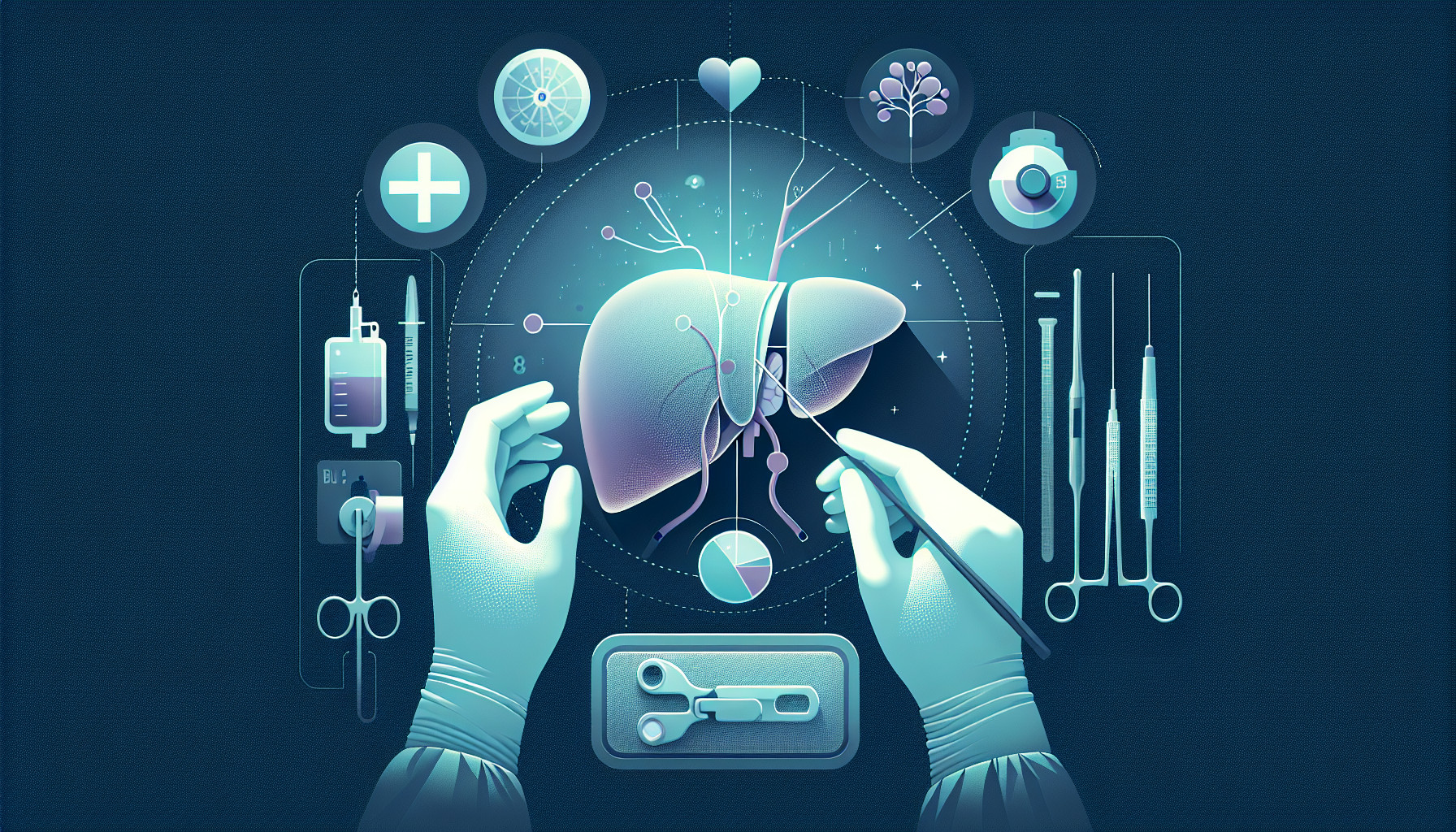Our Summary
Liver transplants are the final treatment option for children with severe liver disease. Although the survival rates have improved tremendously, liver transplant is still a complex surgery with considerable health risks. It’s important to diagnose complications early on, but this can be hard due to the vague symptoms. Understanding the liver and blood vessel structure of the donor and the recipient prior to the surgery can help prevent complications.
Radiologists have an important job in this process, both before and after the operation. They create a detailed map to guide the surgery and help identify complications afterward. The most common issues after liver transplants are related to blood vessels, bile ducts, liver tissue, surrounding liver tissue, and tumors.
This paper reviews surgical techniques, how different imaging tools are used, what normal images look like after a transplant, the types of complications that can occur, and what information should be in the radiology report for the best patient care. It also includes a step-by-step imaging approach for children after liver transplant and specifies what should be included in radiology reports before and after surgery. There are also additional online resources available for this article.
FAQs
- What is the role of radiologists in pediatric liver transplants?
- What are the most common complications after a liver transplant in children?
- What information is typically included in a radiology report for pediatric liver transplants?
Doctor’s Tip
It is important for pediatric liver transplant patients to follow a strict medication regimen, attend regular follow-up appointments, and maintain a healthy lifestyle to ensure the success of the transplant. It is also crucial for parents to communicate any changes in their child’s health to the medical team promptly. Remember, early detection and intervention can greatly improve outcomes.
Suitable For
Patients who are typically recommended for pediatric liver transplant include those with end-stage liver disease, acute liver failure, metabolic liver disease, liver tumors, and certain genetic disorders. These patients may not respond to other treatments or medications, and a liver transplant may be their only option for survival. It is important to consider the risks and benefits of the surgery for each individual patient and to closely monitor them before and after the transplant to ensure the best possible outcome.
Timeline
- Before liver transplant:
- Child is diagnosed with severe liver disease.
- Treatment options such as medications, dietary changes, or other procedures are attempted.
- Child’s condition worsens, and liver transplant is recommended as the final treatment option.
- Child undergoes extensive testing to assess their overall health and determine if they are a suitable candidate for a transplant.
- Child is placed on the transplant waiting list and awaits a suitable donor liver.
- After liver transplant:
- Child undergoes the liver transplant surgery, which can last several hours.
- Child is closely monitored in the intensive care unit (ICU) immediately after the surgery.
- Child is transferred to a regular hospital room once stable, where they continue to be monitored for complications.
- Child begins the recovery process, which includes physical therapy, medication management, and regular follow-up appointments.
- Child’s immune system is suppressed to prevent rejection of the new liver, which increases their risk of infections.
- Child may experience complications such as organ rejection, infection, bile duct issues, or blood vessel problems, which require further treatment and monitoring.
- Child’s overall health and quality of life improve over time as they adjust to life with a new liver.
What to Ask Your Doctor
Some questions a patient should ask their doctor about pediatric liver transplant include:
- What are the risks and benefits of a liver transplant for my child?
- How will you determine if my child is a suitable candidate for a liver transplant?
- What is the process for finding a suitable donor for my child’s liver transplant?
- How will the surgery be performed and what is the recovery process like for a child?
- What are the potential complications or side effects my child may experience after the transplant?
- How will my child’s progress be monitored post-transplant and what signs should I look out for that may indicate a complication?
- What imaging tests will be performed before and after the transplant to ensure the success of the surgery?
- How often will my child need to follow up with you or other medical professionals after the transplant?
- Are there any long-term considerations or lifestyle changes my child will need to make post-transplant?
- Are there any support groups or resources available for families going through the process of a pediatric liver transplant?
Reference
Authors: Horvat N, Marcelino ASZ, Horvat JV, Yamanari TR, Batista Araújo-Filho JA, Panizza P, Seda-Neto J, Antunes da Fonseca E, Carnevale FC, Mendes de Oliveira Cerri L, Chapchap P, Cerri GG. Journal: Radiographics. 2017 Oct;37(6):1612-1631. doi: 10.1148/rg.2017170022. PMID: 29019744
